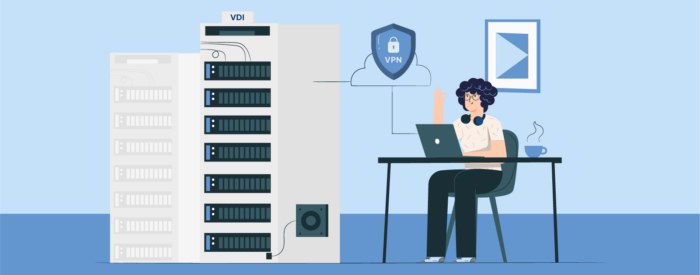Productivity levels amongst remote workers have mixed reviews. Some reports say working from home has increased productivity by up to 77% whilst other studies show some people are less productive.
The takeaway here is that working from home will impact employees on an individual basis. This means every company will be impacted by the performance of their employees.
Fortunately, there are multiple advanced technologies available that make it easier for businesses to provide remote workers with tools that help them to maintain productivity levels, communicate easily and collaborate effectively.
Install Remote Network Monitoring

Source: site24x7.com
Employees typically blame low-grade tech tools and system failures affect their productivity. The three most common IT issues are slow-running systems (65%), connection failures (54%), and issues with legacy software (32%).
It’s impossible for IT teams to keep tabs on every member of a distributed workforce using traditional strategies. However, by installing software that can monitor systems remotely, IT professionals can identify potential issues before they happen.
Remote network monitoring software is a crucial component in a modern IT infrastructure. The program is able to monitor your entire network 24/7 and enables IT professionals to be proactive rather than reactive. Rather than waiting for a system to crash and lose several hours of downtime, you can implement a quick fix in a matter of minutes.
Take Advantage of Automated Software
Automated software that can perform repetitive tasks frees up time for employees to concentrate on more important matters. It’s no surprise that the automated software industry is growing by 9.3% year on year.
Adopt Cloud-Computing Strategies

Source: varfix.ai
It’s virtually impossible to deploy a remote workforce without having access to a cloud computing platform. However, being able to access the cloud is not always enough. You need to adopt the right cloud-computing strategy for your business needs.
Whilst a cloud strategy will look different for every business, the essentials are to provide your employees with a secure network, and tools that enable them to share content and collaborate in an environment that fosters collaboration and brainstorming.
Cloud servers also improve uptime – by over 99% in many cases. Cloud-based solutions have also spawned a proliferation of content management and productivity software and more flexibility for employees to access documents from any location on any device.
Install A Virtual Desktop

Source: parallels.com
IT professionals believe virtual desktops (VDs) are a critical component for hybrid and remote working. VDs create a secure environment for employees to orchestrate their work without putting your business network at risk from a data breach.
VDs are essentially a replica model of your IT environment. Employees can perform their work as usual. This is then saved and automatically loaded up to your mainframe.
The whole point of installing a virtual desktop is to secure your business networks by sealing device endpoints. What that means is that even if the device of an employee is compromised by hackers, bad actors only have access to a dummy environment and not your actual network.
This protects you from a ransomware attack which would seriously damage productivity across your entire company.




